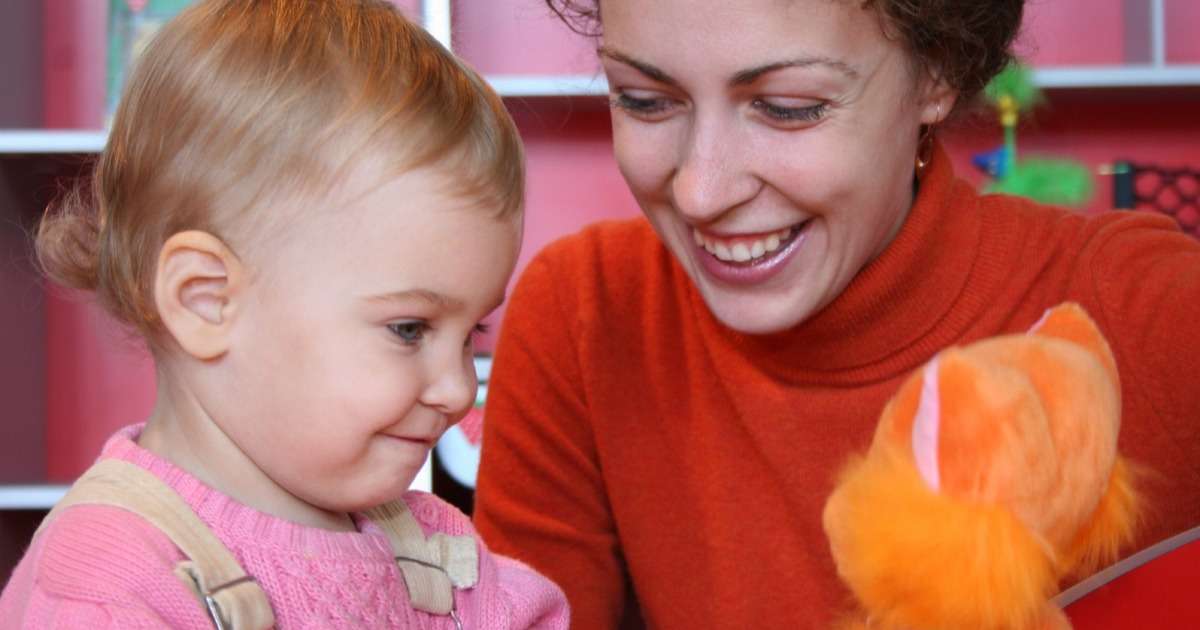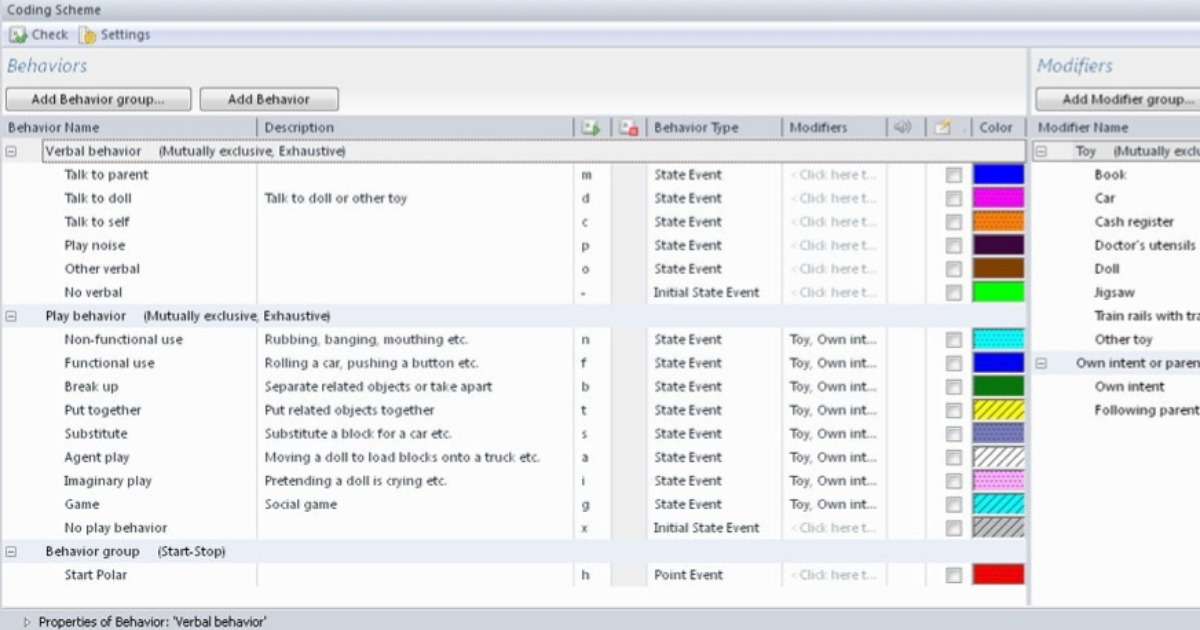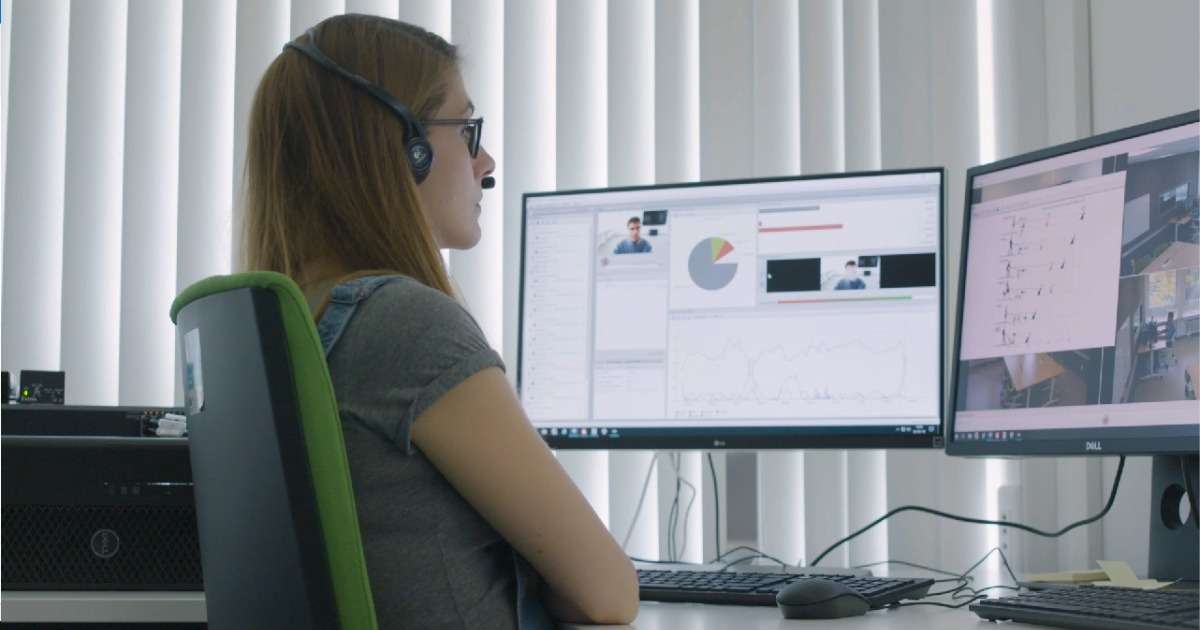
Improving patient safety
We all agree that communication in the operating room is essential. It saves time and ensures a better quality of patient care. Using the WHO Surgical Safety Checklist supports this. How can we learn to use this checklist?

Two examples of on-site observational studies with older persons
In certain cases, observations for your study are best performed on-site. In this blog, we describe examples of observational studies with older age groups, conducted at home or at a healthcare facility.

What does an infant’s gaze tell us about how hungry they feel?
McNally and her colleagues developed a coding scheme to observe infant gaze behavior and applied it in a study of complementary feeding.

Serious gaming reduces anxiety in children
What is the effectiveness of the applied game called MindLight in teaching children how to cope with anxiety? Wols et al. investigated this game-based intervention.

A closer look at eye contact
Infant siblings of children with or without ASD participated in a study to determine whether gaze behavior showed during a test with an unfamiliar examiner could predict gaze behavior in a more naturalistic context.

PCIT: Parent-Child Interaction Therapy
What is Parent-Child Interaction Therapy? It helps improve family dynamics by working to reduce negative behavior and interactions, and to practice new behaviors and ways of communicating that are more encouraging.

7 Tips how to set up a coding scheme
The coding scheme or ethogram determines what data you collect and is, thus, an essential part of your behavioral study. Tips to set up a coding scheme (+free white paper with all 7 tips to set-up your coding scheme).

The effectiveness of physical therapy sessions for children with cerebral palsy
Researcher Sébastien Vanderlinden is committed to describe which and how long physical therapy skills are performed during NDT sessions.

Understanding the digital world at the Social Media Lab
In this unique lab, technology is applied to understanding user experience, behavior on social media, and much more.

The use of humor during doctor-patient interactions
How often do medical professionals use humor during the interaction with patients? After all, such positive interactions help build a relationship, establish trust, and support the exchange of relevant information.
